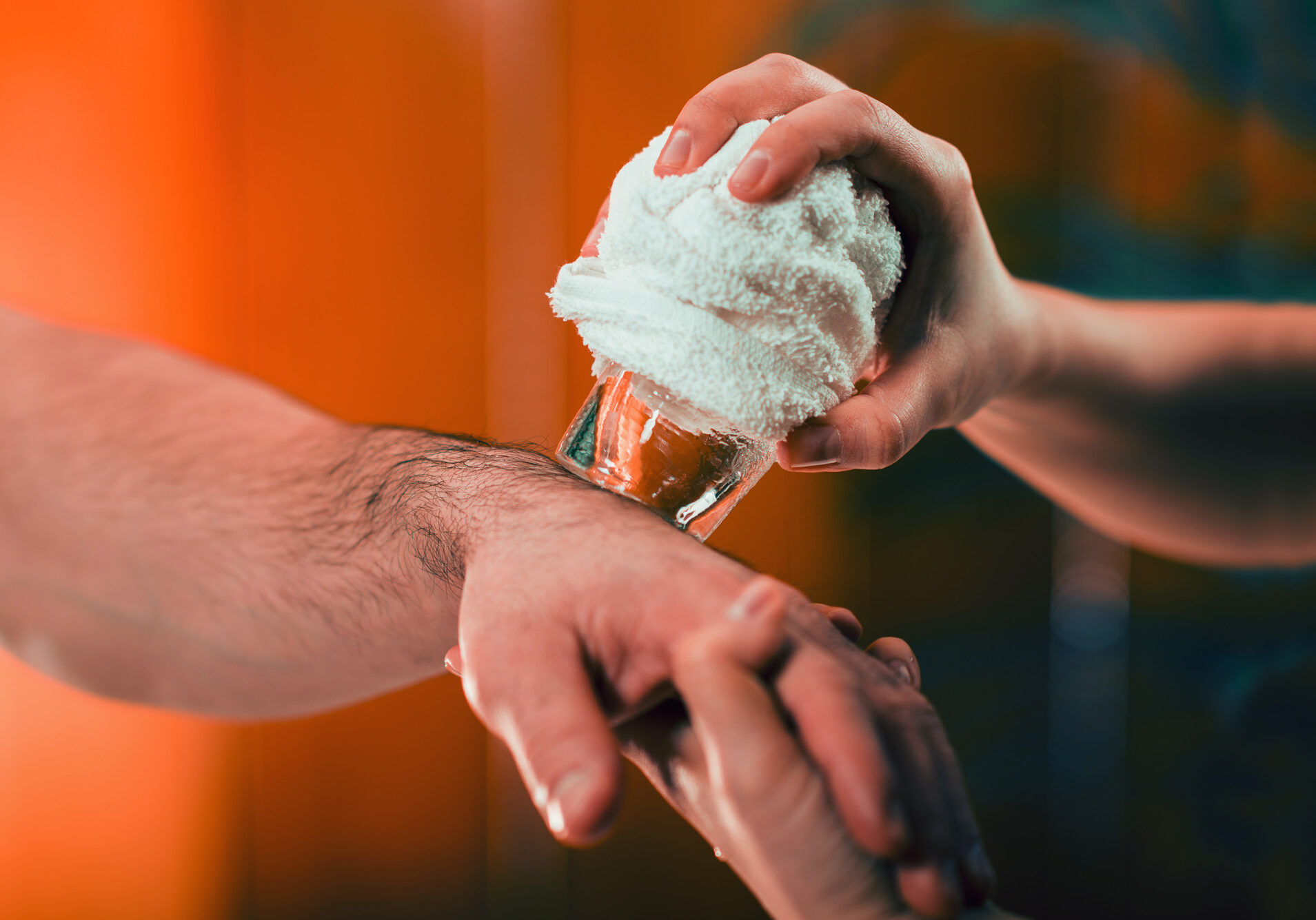Thermotherapy is one of many therapeutic tools used to alleviate muscle pain. This method consists of applying heat to the body externally in order to reduce feelings of discomfort and help ease the pain of injuries. It is an effective method that has been used for centuries, as it provides several benefits to the body.
For those eager to pursue a career in the field, here is a look at five facts that future graduates should know when dealing with thermotherapy.
How Exactly Does Thermotherapy Work?
Heat alleviates various muscle ailments and inflammations by calming and soothing the painful area as the body reaches a certain temperature. Thermotherapy causes blood vessels to dilate, which assists in oxygen transportation to the organs, helping with cell tissue healing. Due to this process, muscles become more relaxed and nervous tension is reduced.
1. Pros with Physiotherapy Assisting Training Know When Thermotherapy Is Beneficial
Students in physiotherapy assisting training should be aware of certain injuries that will not benefit from heat. For example, infections or fresh injuries should be soothed by ice rather than heat. A fresh injury is when the tissue has recently been damaged and begins to inflame for a few days. Students can tell that an injury is fresh if the area is sensitive to touch, if the skin is hot and red, and/or if swelling is present.
2. Thermotherapy Serves a Distinct Purpose on the Body
The primary purpose of applying heat as a form of therapy is relaxation, comfort, reassurance, and reducing pain for several kinds of persistent aches such as stiffness, cramping, and/or sensitivity. These types of injuries can result from over-exerting certain muscles during exercises or other activities, pain from muscle disorders such as fibromyalgia, muscle strains and knots, and more.
3. There Are Different Methods Associated With Heat Therapy
When a situation does call for heat therapy, there are two common ways to aid injured areas: local and systemic. Local heating consists of applying heat only to a specific place in the body, usually where the injury or discomfort has occurred, by using hot packs, towels, wraps, or other materials. In contrast, systemic heating consists of increasing the temperature of the whole body and can be a helpful factor in situations where emotional stress, soreness, or muscle knots are the main cause for concern. Saunas, steam and whirlpool baths, and more get heat into the deeper tissues and are effective in raising the body’s internal temperature.
Direct heat only targets the desired area that is causing physical pain
4. Thermotherapy Can Provide a Range of Additional Benefits
Graduates from a physiotherapy assistant college are aware of the benefits thermotherapy can provide. These benefits can include a reduction in muscles spasms and an increase in white blood cells that can stimulate immune system responses.
Thermotherapy can also help with problems such as headaches, menstrual pain, and digestive disorders. As a result, thermotherapy is used by many for many different reasons.
Are you interested in physiotherapy assistant training?
Contact Medix College for more information regarding our programs.





